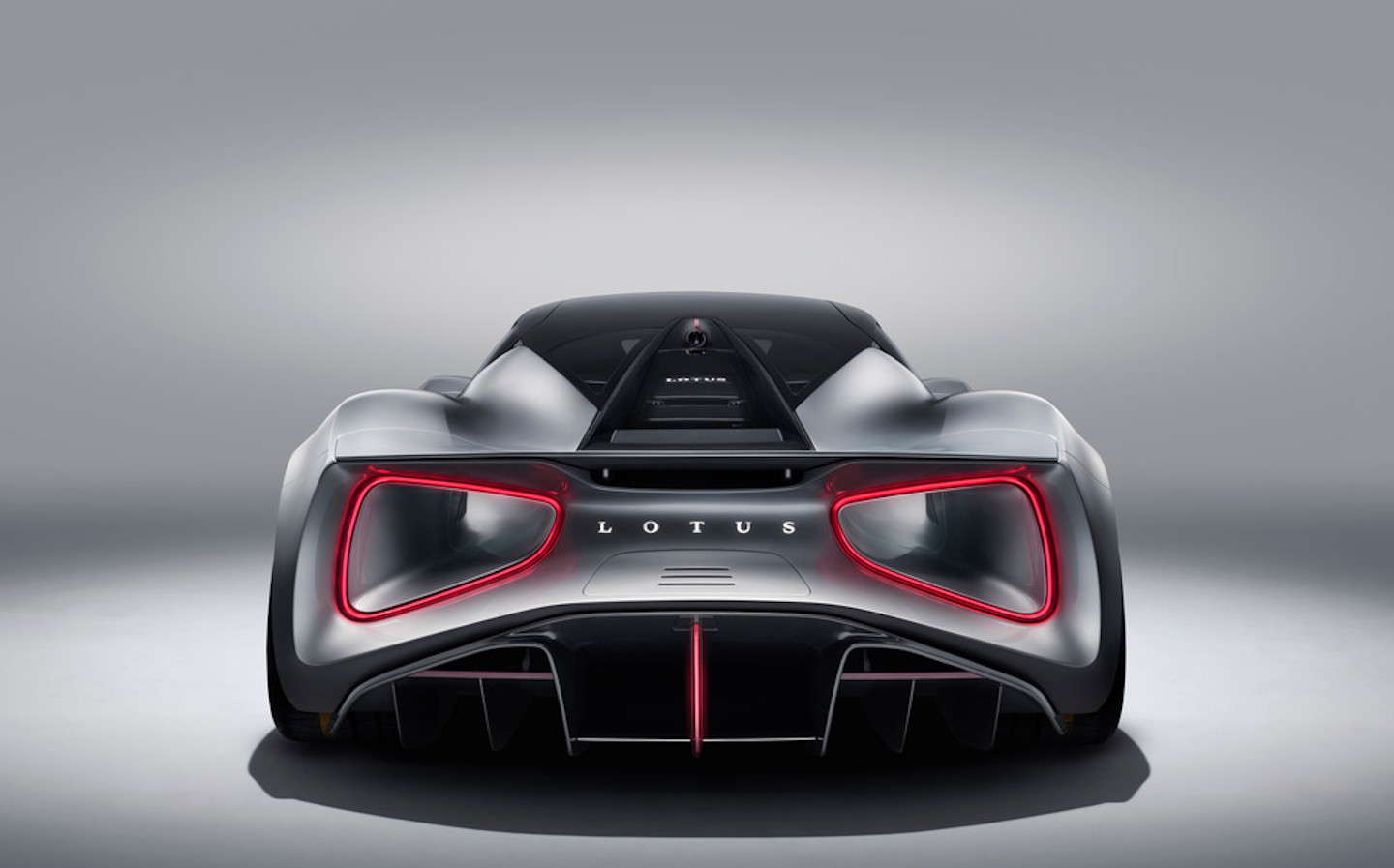Lotus CEO reveals more about its electric future
Final petrol car will release next year
THE CEO of British car maker Lotus has revealed more about the marque’s plans to morph into an electric-only company in the near future.
The company, which was acquired by Chinese behemoth Geely in 2017, is set to release a final petrol car next year before a new era is ushered in with a pure-electric sports car, intended for launch towards the end of 2022.
It had previously been reported that the final page of Lotus’ petrol chapter was approaching, with the release of an affordable sports car that can be used as a daily driver. It will address some of the shortfalls of current Lotus models — namely space, storage and tech. We’ve now learnt that this will be the last Lotus with such a low price tag, with the company set to raise its prices to match those of more desirable brands. New tech doesn’t come cheap, especially lithium ion battery packs (at present).
We’ve also got a bit more clarity regarding the timeline of the transition — the farewell combustion-engine model will arrive in the middle of next year, with the Norfolk-based company putting the “finishing touches” on the new model. A new electric model will then be introduced at the end of the following year.
You can currently get an entry-level Elise for just under £42,000, with prices for higher spec Evoras and Exiges rising to just either side of £100,000. The £2.4m Evija is, of course, an outlier.
Hybrid powertrains, an intermediary step often taken by sports car brands (Ferrari’s new flagship, the SF90 Stradale, for example) is seemingly incompatible with Lotus’ famous mantra, “Simplify and add lightness,” coined by founder Colin Chapman.
CEO Phil Popham told Auto Express: “One of the challenges of a hybrid is you carry a small engine as well as batteries and electric motors, which goes against the philosophy of sports cars, which have a tight package. You want to minimise weight and maximise performance and spread weight in the right places to get the right dynamics. So hybrids do present a challenge.”
New models, therefore, will follow the path of the 1,973bhp Evija. Pure-electric vehicles allow more flexibility than hybrids, Popham said, as big componentry such as gearboxes and engines don’t have to be taken into account during design.
It’s worth noting, however, that electric powertrains bring with them a lot of weight, so it will be interesting to see how much Lotus can adhere to its featherweight philosophy. Adding lightness is something that can be done to naturally heavy things as well as those that are naturally light, it’s fair to say.
The Evija was the first car to be unveiled by Lotus after it was acquired by Geely. The Chinese company had already earned a certain amount of respect after changing the fortunes of Swedish marque Volvo. It also has ready access to a hoard of electric tech, as it is the parent company of Volvo’s electric performance branch, Polestar.
Popham said that the money being dedicated to product development by Geely is more than the car maker could ever have contributed as an independent company. This means that the likelihood of an expanded product range is high, with Popham saying that saloons and GTs could be on the cards. He also said that he wouldn’t discount the possibility of an SUV in the future (it’s a model that’s proved popular with other sports brands such as Aston Martin and Lamborghini), although he said there isn’t one currently in the works.
A new platform is reportedly being developed to underpin a number of Lotus’s electric offerings.
The Lotus factory in Norfolk has undergone significant investment in order to produce future models, although Auto Express reported that it’s possible some operations will be undertaken at Geely’s Chinese plants.
Either way, it seems that someone at Lotus is going to have to come up with a long list of names beginning with E.
Tweet to @KieranAhuja Follow @KieranAhuja
Tesla supplier creating battery capable of 1.24 million miles and 16 years of use





